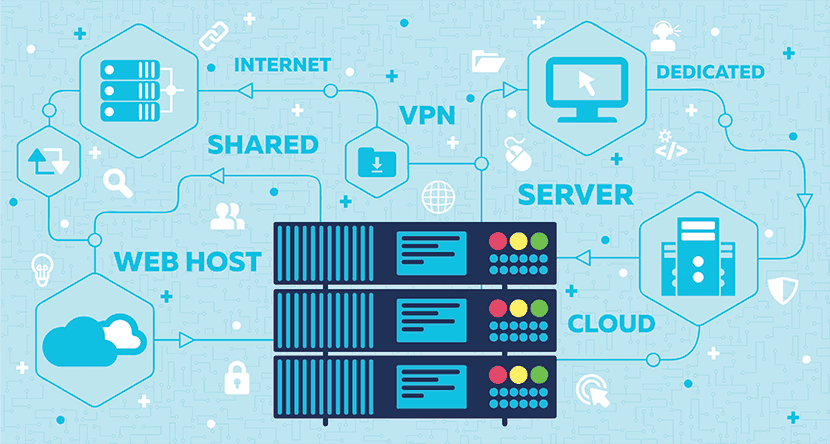
In order to remotely clone a dedicated server, an exact copy of the server’s operating system, applications, files, and configurations must be made on another server or virtual machine. Depending on the server administration programme or control panel you’re using, the precise steps could change. Here is a general description of what happens:
1. Preparation:
Make sure you have remote access to both the destination server (where you want to clone the server) and the source server (the server you want to copy).
Check that the destination server has enough disc space to accommodate the clone.
2. Take a backup of the source server: Before cloning the source server, a backup must be made of it. In the event that something goes wrong during the cloning process, you will have a safety net thanks to this. Create a complete backup of the files, databases, and configurations on the source server using your preferred backup technique or programme.
3. Transfer Backup to Destination Server:
Employ a secure file transfer protocol, such as SCP or SFTP, to move the backup files from the source server to the destination server. Make that the destination server can access the backup files.
4. Restore Backup on the Destination Server:
Restore the backup files on the destination server to duplicate the databases, configurations, and files from the source server. The particular procedures may vary depending on the backup tool or technique you used in step 2.
5.Update the server configurations:
On the destination server to ensure that it matches the original source server after the backup has been restored. This can need upgrading DNS settings, network setups, IP addresses, and any further server-specific configurations.
6.Test the Cloned Server:
Run tests on the webpages, applications, and services to ensure that the cloned server is operating properly. Make sure that all required software dependencies and packages are installed and set correctly.
7.Check the data synchronisation:
A system for continual data synchronisation between the source and cloned servers may need to be set up if the source server contains dynamic data (such as databases or user-generated files). Real-time data replication techniques or routine backups and restorations can both be used for this.Refresh your DNS and network settings: Update the DNS records or network settings to point to the IP address of the new cloned server once the original server has been tested and verified. The cloned server will get all incoming traffic as a result of this.
It’s vital to remember that depending on the operating system, control panel, and server management software on your server, the particular stages and tools may change. For comprehensive instructions catered to your particular environment, it is advised to go to the documentation or support materials offered by your hosting company or server administration software. Consider the additional effects that could result from server cloning, such as licencing, software activation, and potential conflicts with other servers or services.











